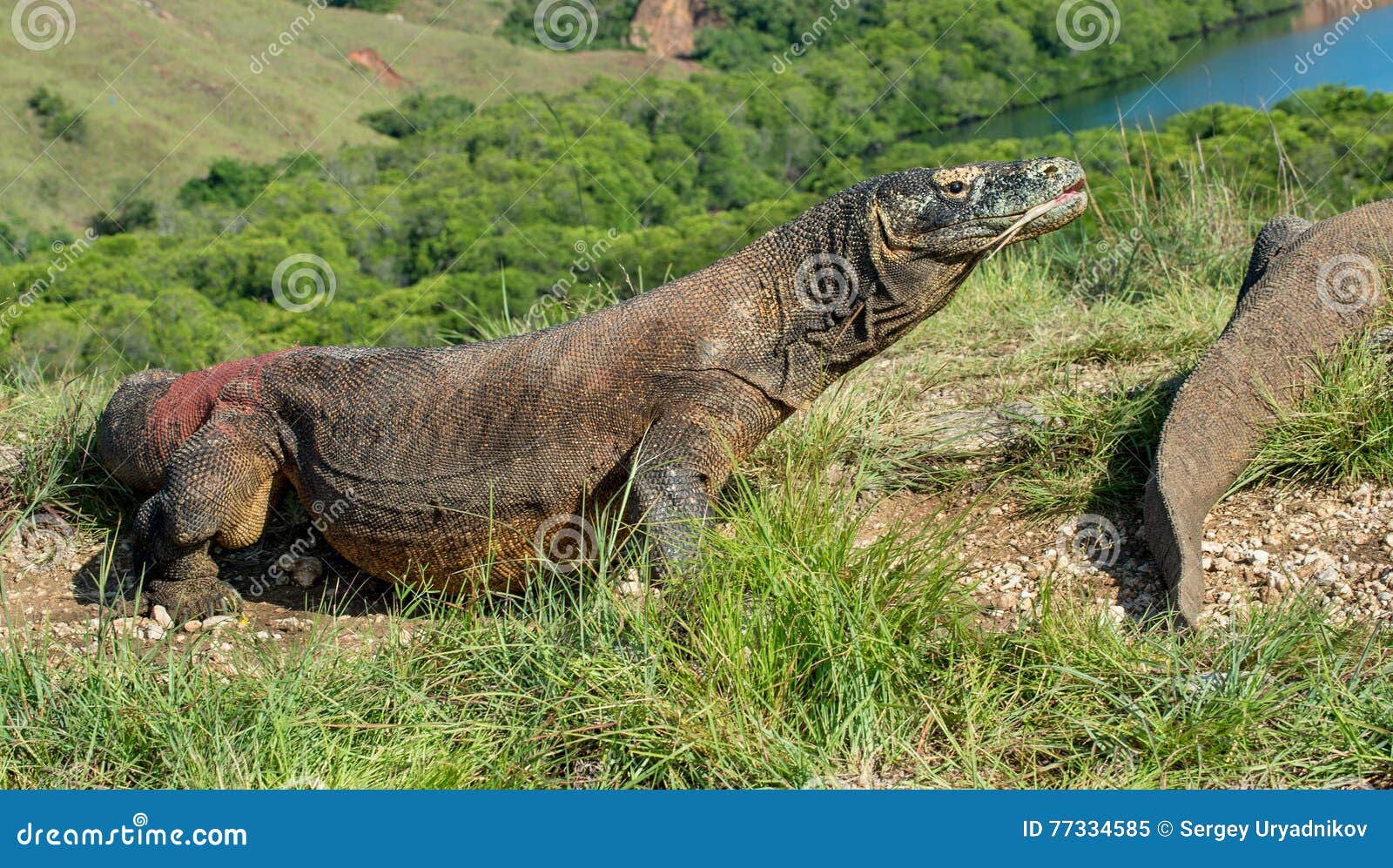

“In contrast, water buffalo always get away but with deep wounds to the legs,” he said. Professor Fry said attacks on pigs and deer were extremely successful, with about 75 per cent bleeding out within 30 minutes and a further 15 per cent dying within three to four hours from venom in the salivary glands of the Komodo dragons. They now populate the islands of Indonesia where they prey on the introduced water buffalo, and on pigs and deer. Komodo dragons evolved in Australia and preyed upon young megafauna.

In fact it seems the poor hygiene of water buffalo is responsible for perceptions about deadly toxic bacteria in the dragons. “Unlike people have been led to believe, they do not have chunks of rotting flesh from their meals on their teeth, cultivating bacteria.” "The inside of their mouth is also kept extremely clean by the tongue. “After they are done feeding, they will spend 10 to 15 minutes lip-licking and rubbing their head in the leaves to clean their mouth. “Komodo dragons are actually very clean animals,” Associate Professor Fry said. This presents a powerful challenge to how most scientists and zookeepers have viewed the Komodo dragon. It has long been believed that Komodo dragon bites were fatal because of toxic bacteria in the reptiles’ mouths.īut ground-breaking research by The University of Queensland’s Associate Professor Bryan Fry and colleagues in the United States has found that the mouths of Komodo dragons are surprisingly ordinary and the levels and types of bacteria do not differ from any other carnivore. A team led by a University of Queensland researcher has proven that the fearsome Komodo dragon is a victim of bad press.


 0 kommentar(er)
0 kommentar(er)
